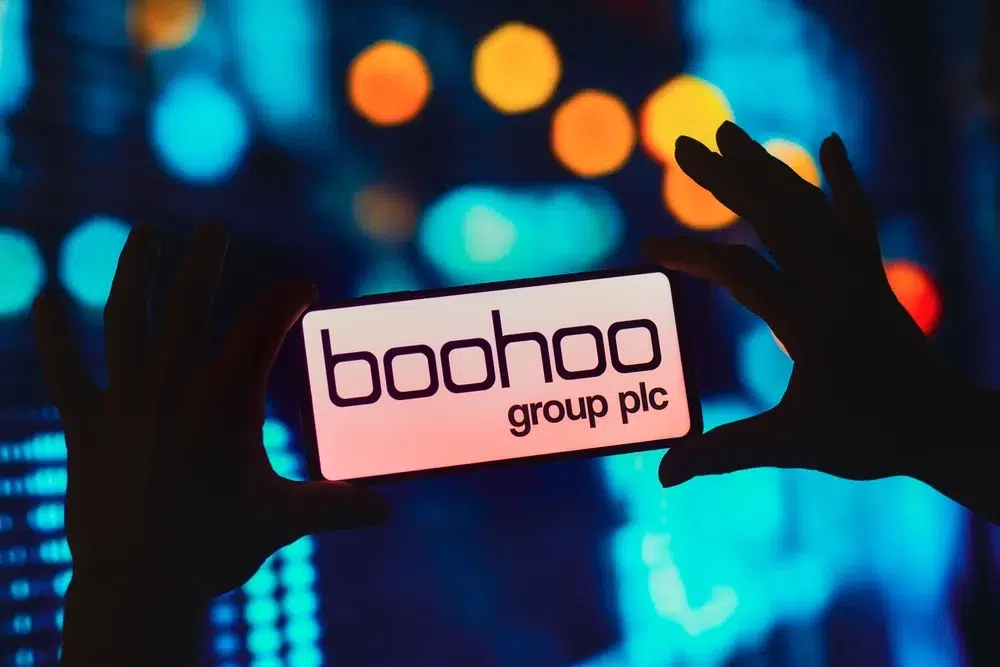Hermès does not follow, it is followed.
And yet this maxim comes into question for the French tastemaker‘s Twitter account, which is well behind other luxury labels with its number of followers. That is, if the ‘@Hermes_Paris‘ profile, which isn‘t in possession of the blue badge that Twitter proudly stamps on verified accounts, is even genuine.
Qualms over brand message control have generally held lux labels back from joining the social media landscape, an example of which is late adopter Prada, sending the world its first tweet in February 2013, 7 years after Twitter‘s launch.
While it can be difficult to measure the return on investment, there‘s no doubt that social media is perennial, with brands from Chanel to Valentino tweeting around the clock. In the Twitterverse however, Hermès remains to be seen, and while Hermès has an Instagram account, tactical product imagery is rare, heightening its mystique of course.
Socialising in a similar fashion to the famous Birkin manufacturer, is Swiss watchmaker Rolex. Both brands have Facebook pages, and then Twitter profiles that were created in March 2012, albeit without tweets. Perhaps Twitter accounts were adopted by both brands to reserve their own names?
The privilege that comes with the global celebrity of Hermès (and Rolex) is that it isn‘t in any need of the attention Twitter would bring it; although a brief glance at Louis Vuitton‘s profile might suggest otherwise. The LVMH owned luxury goods specialist has over 4m Twitter followers and having come out above Hermès as the world‘s most luxury brand for nine consecutive years in Millward Brown‘s Brands Ranking, Hermès may need to take a cue somewhere from Louis Vuitton.
So is Hermès just late to the party, or is the notion to dismiss Twitter judicious? What value does social media even hold anyway?
“Luxury marketers have struggled to accept that exclusivity does not have to be compromised with social media” explains Cat Carroll, Digital Planning Manager at media planning agency Carat, “but what they need to remember is that it‘s less about pushing communication, and more about how innovative they are with it.
From a paid media perspective, in terms of targeting, social media has become very granular. It is far more than just standard demographic and interest targeting: now brands are able to take CRM data, upload that to the likes of Facebook and actually talk directly to audiences with tailored messaging.”
It‘s impactful for luxury brands to focus on what they can get out of social media. There are fantastic customer insights to be gained and monitoring tools available to in turn improve communications.
“In the past high end fashion houses have dealt with major PR crises, such as the use of fur. This is an example of how social media can play a part in managing issues and reputations” Carroll adds.
Join the conversation
Story telling plays a large role in the luxury space, where brands are able to tell tales of heritage, craftsmanship and the beauty of their products.
Traditionally, these very fashion and accessory labels were found on billboards or in print but brands need to be where the consumers, who are changing their media habits, are. Where customers once spent hours on a Sunday flicking through Vogue, now they are on social platforms, especially as the mobile market expands.
Behind the seams
“It‘s important that brands have an authentic social presence, rather than following a ‘script‘” Carroll tells Retail Gazette.
Examples of brands that do this well, are American lux labels DKNY and Oscar De La Renta, Although not directly involved in the Twittersphere, both successfully managed to give their brands a voice on Twitter, in a way quite unlike those other designers who showcase at Fashion Weeks across the four fashion ca
RELATED STORIES

















